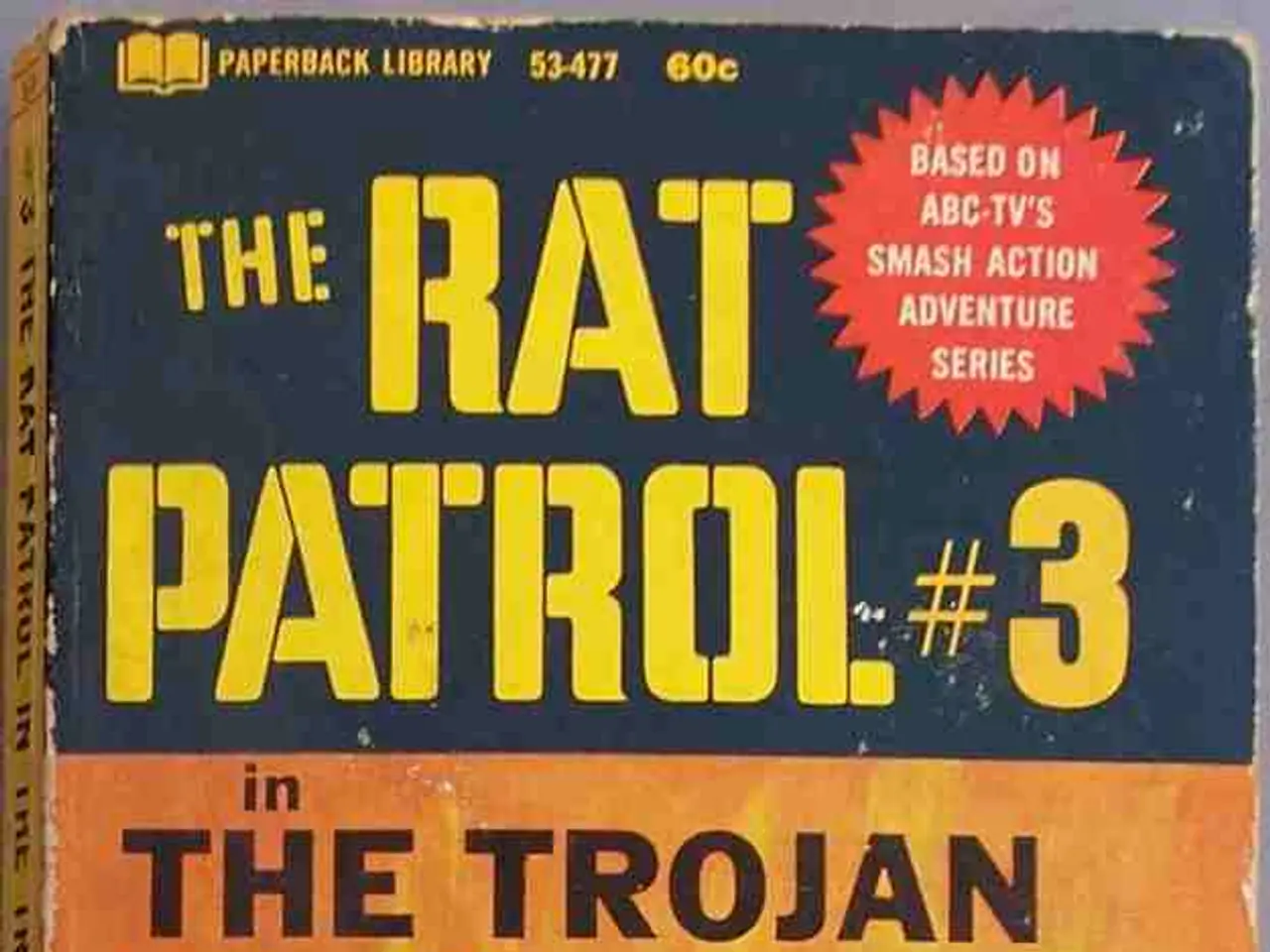NATO Summit Agrees to 'Five for Five' Defense Spending Pledge
The NATO summit held in The Hague has concluded with a 'five below five' deal. Member countries have agreed to spend 5 percent of their GDP on defense, with 3.5 percent allocated to core defense expenditures and an additional 1.5 percent earmarked for defense-related infrastructure and other strategic investments. This commitment aims to bolster NATO's capabilities and address concerns over burden-sharing.
The summit, however, failed to adopt a new strategy for dealing with Russia or Ukraine, reflecting an era of low expectations within the alliance. Despite the lack of strategic progress, the summit provided political cover for NATO supporters in Washington, averting an open crisis with President Trump.
The agreement was hailed as a significant step by Secretary General Mark Rutte, who praised the unity shown by member countries. However, critics argue that the 5 percent pledge, while buying short-term unity, does not address NATO's governance challenges. They emphasize the need for European allies to step up strategically to ensure the alliance's long-term effectiveness.
The 5 percent target, while ambitious, has its limitations. GDP-based targets can be manipulated through creative accounting, and economic weakness in some countries may hinder their ability to meet these spending goals. Moreover, increased defense spending does not guarantee immediate readiness improvements due to factors such as slow procurement timelines, fragmented defense industries, and national program duplication.
The NATO summit in The Hague has left the alliance alive but diminished. While the 'five below five' deal demonstrates a commitment to increased defense spending, the lack of a new strategy for dealing with Russia and Ukraine raises concerns about NATO's ability to adapt to evolving security challenges. The alliance must now focus on ensuring that its member countries meet their spending commitments and work together to address the governance challenges that lie ahead.








